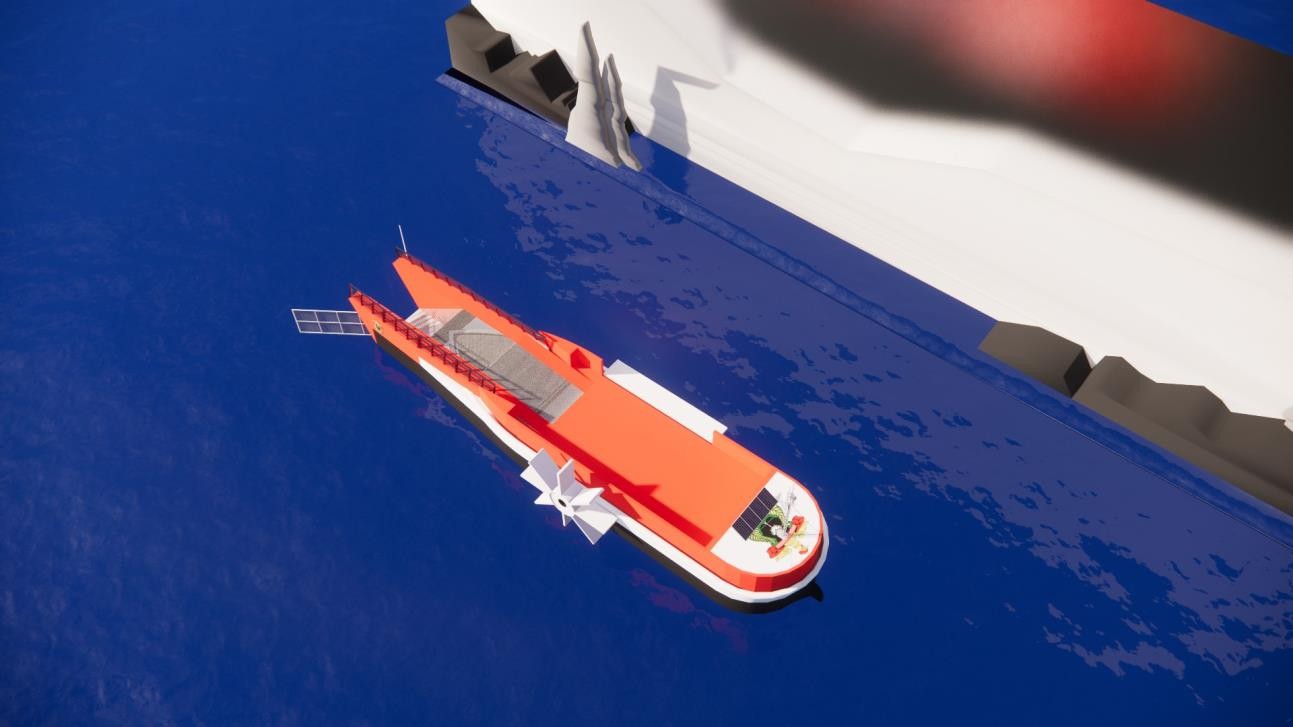CONCEPTUAL DESIGN OF A MINI SHIP AS A WASTE CLEANER IN A TOURIST BEACH ENVIRONMENT
DOI:
https://doi.org/10.62012/sensistek.v7i1.31664Keywords:
Design, Cleanliness, Ocean, Trash, BoatAbstract
Environmental cleanliness is still a very serious problem until now, even though cleanliness is something that must be considered for the government and the awareness of the citizens themselves. One small example is the cleanliness of canals and irrigation canals. The cleanliness of the place also affects the continuity of the system in the place, such as waterways which will have an impact on the marine ecosystem. If this happens to the marine ecosystem, it will certainly be very vital for coastal communities and fishermen who work as fishermen and seaweed farmers. Most marine debris consists of plastic. This waste can be found on the beach as well as in the depths of the sea. This marine debris also has different sizes: mega, micro, and nano. This can harm marine creatures and contaminate their habitat. This global problem is getting worse over time and it is predicted that plastic waste in the ocean will triple from 2015 to 2025. The accumulation of plastic waste has a major impact on the ocean from an environmental, economic, public health and wildlife perspective. For example, nanoplastics from seafood can enter the human body through the digestive tract to the circulatory system. However, the disadvantages are not directly linked to social benefits. To prevent the dumping of plastic waste, plastic products must be designed, used and disposed of more responsibly. In this paper, we will design an arduino nano-based garbage cleaning ship that can be monitored so that it can clean up marine debris but still on a small scale. The main feature of this ship's design is the FPV camera that can monitor the surroundings and the ship is driven using a remote control via wireless NRF24L01. With the creation of this tool, it is hoped that it can facilitate the performance of beach cleaners or anyone who wants to continue to maintain cleanliness, especially in the marine sector, and can foster a sense of responsibility for the cleanliness of the environment around where we live.Downloads
References
Damanhuri, Enri dan Padmi, Tri. 2010. Pengelolaan Sampah Edisi Semester I – 2010/2011. Bandung: Program Studi Teknik Lingkungan Fakultas Teknik Sipil dan Lingkungan Institut Teknologi Bandung.
Akuthota, V., Ferreira, A. & Moore, T. 2008. Core Sability Exercise Principles. American Collage of Sport Medicine. Aurora.
Jenna, R. Jambeck. 2015. Plastic waste inputs from land into the ocean. University of Georgia.
Widiawati, E. Tandjaja, H. Iskandar, I. Carles, B. 2014. Kajian Potensi Pengelolaan Sampah. Jurnal Metris. 119-126.
Taufiqurahman. 2016. Optimalisasi Pengelolaan Sampah Berdasarkan Timbulan dan Karakteristik Sampah di Kecamatan Pujon Kabupaten Malang. Skripsi. Institut Teknologi Nasional Malang. Malang.
Yogiesti, V. Hariyani, S. dan Suktikno, F. R. 2010. Pengelolaan Sampah Terpadu Berbasis Masyarakat Kota Kediri.
Dwiyanto, B. M. 2011. Model Peningkatan Partisipasi Masyarakat dan penguatan Sinergi dalam Pengelolaan Sampah Perkotaan. Jurnal Ekonomi Pembangunan. 12(2): 239-256.
Muti’ah. Siahan, J. dan Supriadi. 2019. Sosialisasi dan Pendampingan Masyarakat Pesisir Tentang Cara Menjaga Kebersihan Pantai dan Cara Pengukuran Jumlah Sampah. Jurnal Pendidikan dan Pengabdian Masyarakat. 2(1): 141-146.
Jurnal Tata Kota dan Daerah. 2(2): 95-102.













